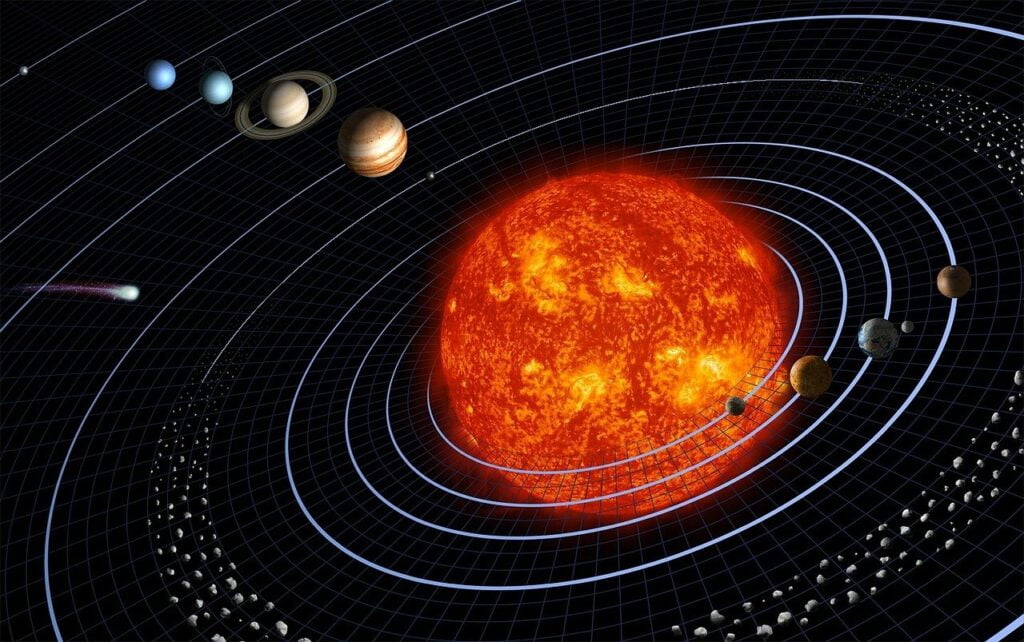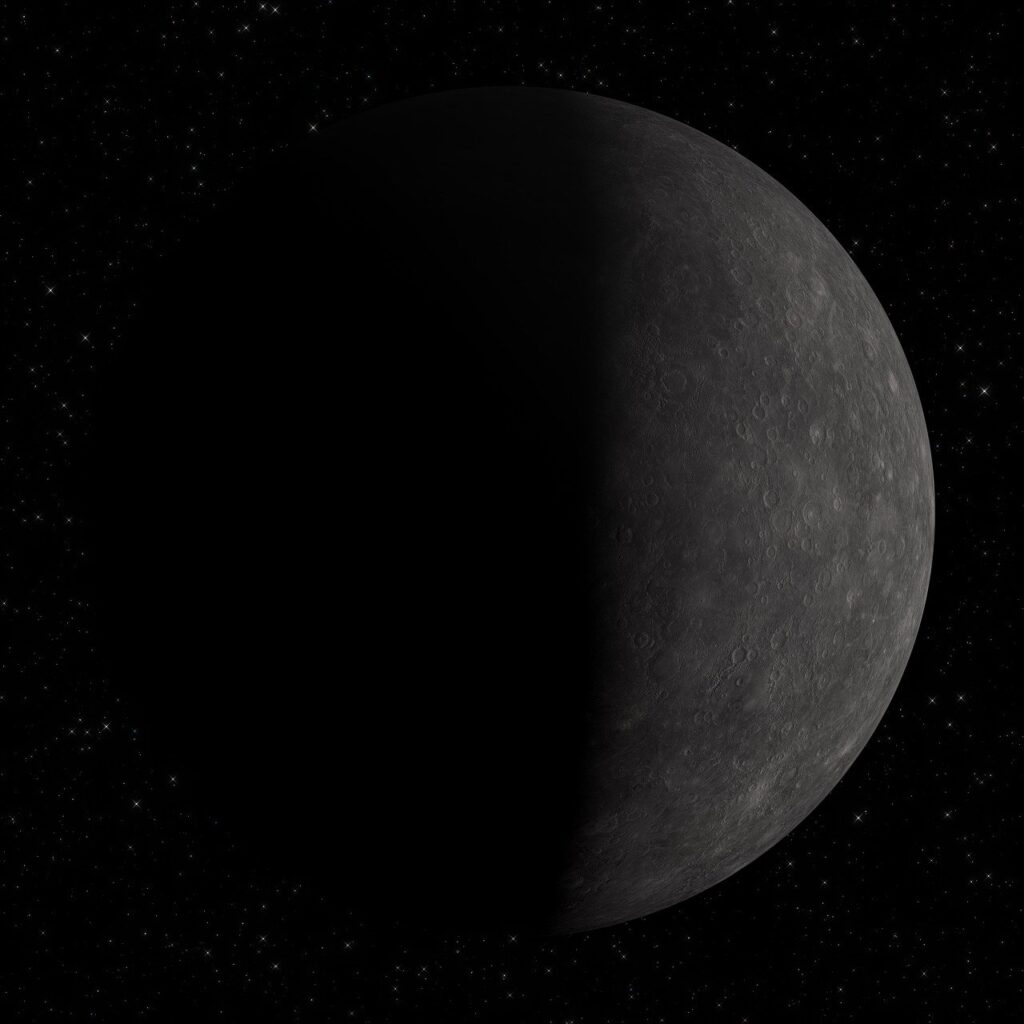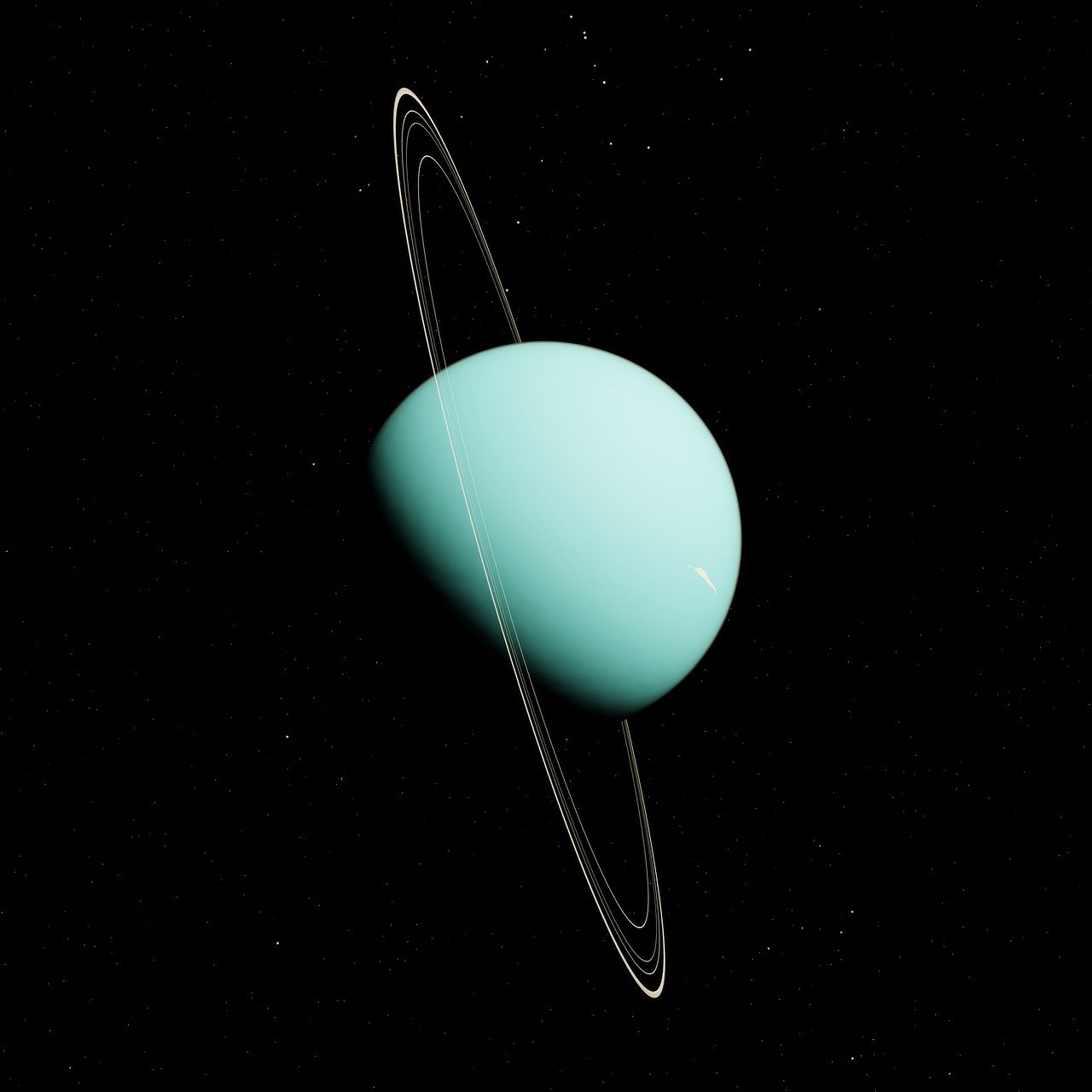
Uranus, the seventh planet from the Sun, is a celestial body shrouded in mystery. Its unique features, including its icy composition, sideways rotation, and faint rings, have intrigued astronomers for centuries.
Physical Characteristics
Uranus is an ice giant, meaning it is composed primarily of water, ammonia, and methane in a supercritical state. This state, where matter exists as a mixture of gas and liquid, is characteristic of the outermost planets in our solar system.
Icy Mantle: Uranus’s icy mantle surrounds a rocky core, with a total diameter of about 31,763 miles (51,118 kilometers), making it the third-largest planet in our solar system. However, its mass, about 86.8 Earth masses, ranks fourth among the planets.
Atmosphere: Uranus’s atmosphere is predominantly hydrogen and helium, but it also contains substantial amounts of methane, which absorbs red light and gives the planet its distinctive blue-green color.
Extreme Temperatures: Uranus is extremely cold, with an average surface temperature of about -224 degrees Celsius (-371 degrees Fahrenheit). This frigid environment is due to the planet’s great distance from the Sun.
Sideways Rotation
One of Uranus’s most peculiar characteristics is its sideways rotation. The planet’s axis is tilted by an astonishing 97.77 degrees, causing it to appear to spin on its side as it orbits the Sun. This unusual tilt is thought to have been caused by a massive collision with a large object early in the solar system’s formation.
This extreme tilt results in some strange phenomena on Uranus. For example, at certain times of the year, one hemisphere experiences constant sunlight for half a Uranus year (42 Earth years), while the other hemisphere is plunged into perpetual darkness.
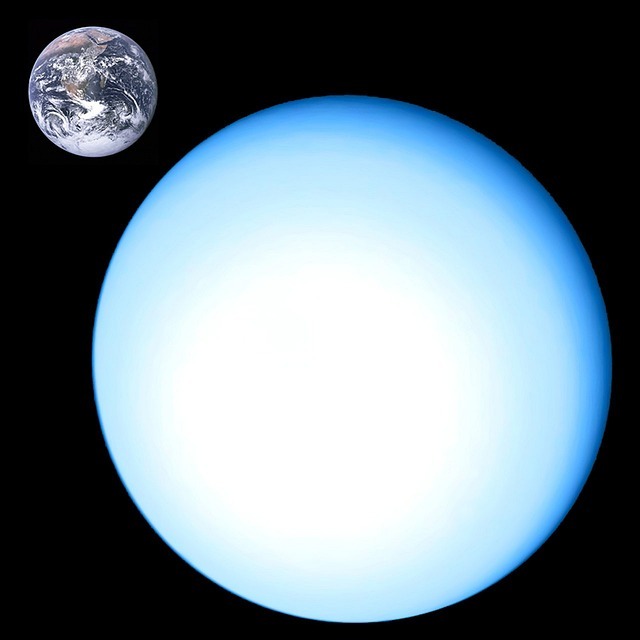
Faint Rings and Moons
Uranus is surrounded by 13 faint rings, composed primarily of dust and ice particles. Unlike the prominent rings of Saturn, Uranus’s rings are narrow and dark, making them difficult to observe from Earth.
The planet also has 27 known moons, ranging in size from the massive Titania and Oberon to the tiny Puck. These moons are thought to have formed from the same material that coalesced to create Uranus itself.
Titania: The largest moon of Uranus, Titania is a fascinating world with a complex geological history. It has a variety of craters, valleys, and canyons, as well as a few bright spots that may be active geysers.
Oberon: The second-largest moon of Uranus, Oberon is similar to Titania in terms of its geological features. It is also home to several intriguing dark patches, the origin of which is still unknown.
Ariel: One of the brightest moons in the solar system, Ariel is known for its intricate surface features, including canyons, ridges, and valleys. It also has several active geysers that spew out ice particles.
A Symphony of Gases: The Atmospheric Composition
Uranus’s atmosphere, primarily composed of hydrogen and helium, mirrors the makeup of its fellow gas giants, Jupiter and Saturn. However, it deviates from its neighbors in the presence of a significant amount of methane, a molecule that plays a crucial role in shaping Uranus’s distinctive appearance.
Methane, upon absorbing red light, imparts a mesmerizing pale blue-green hue to the planet’s atmosphere, making it stand out against the backdrop of the cosmos. This unique coloring, reminiscent of a sapphire jewel, is one of Uranus’s defining features, a testament to the intricate interplay of gases that govern its atmosphere.
A Realm of Untamed Winds: The Atmospheric Dynamics
Beneath its serene blue exterior, Uranus conceals a tempestuous atmosphere. Strong, supersonic winds, reaching speeds of up to 500 miles per hour (800 kilometers per hour), carve their paths through the planet’s gaseous envelope, creating a mesmerizing spectacle of dark cloud bands and turbulent storms.
These winds, unlike those observed on Jupiter and Saturn, predominantly flow in a retrograde direction, meaning they oppose the planet’s rotation. This peculiarity, coupled with Uranus’s extreme axial tilt of 97.77 degrees, lends the planet a distinctly sideways orientation, further adding to its enigmatic charm.
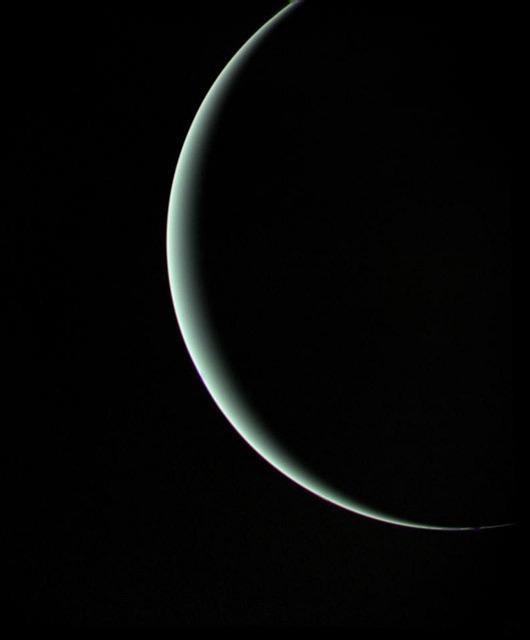
Unveiling the Mysteries: Missions to Uranus
The desire to unravel the mysteries of Uranus has driven two pioneering spacecraft missions to its distant realm. Voyager 2, in its historic 1986 flyby, provided the first detailed glimpse of the planet, capturing images of its icy moons, intricate ring system, and tumultuous atmosphere.
New Horizons, in a daring close approach in 2011, offered a more intimate view of Uranus, revealing new insights into its atmospheric dynamics, magnetospheric structure, and composition. These encounters, while providing invaluable information, also highlighted the vastness of the unknown that still surrounds Uranus.
A Celestial Puzzle: The Ongoing Quest for Answers
Despite the advances gained through spacecraft missions, many mysteries regarding Uranus remain unsolved. Among the most intriguing questions are:
- What caused Uranus’s extreme axial tilt?
- What are the compositions and origins of its rings and moons?
- What lies within its depths, shaping the planet’s internal structure?
Future missions, armed with more sophisticated instrumentation and advanced technologies, hold the potential to shed light on these enigmas, providing a clearer understanding of Uranus’s formation, evolution, and current state.
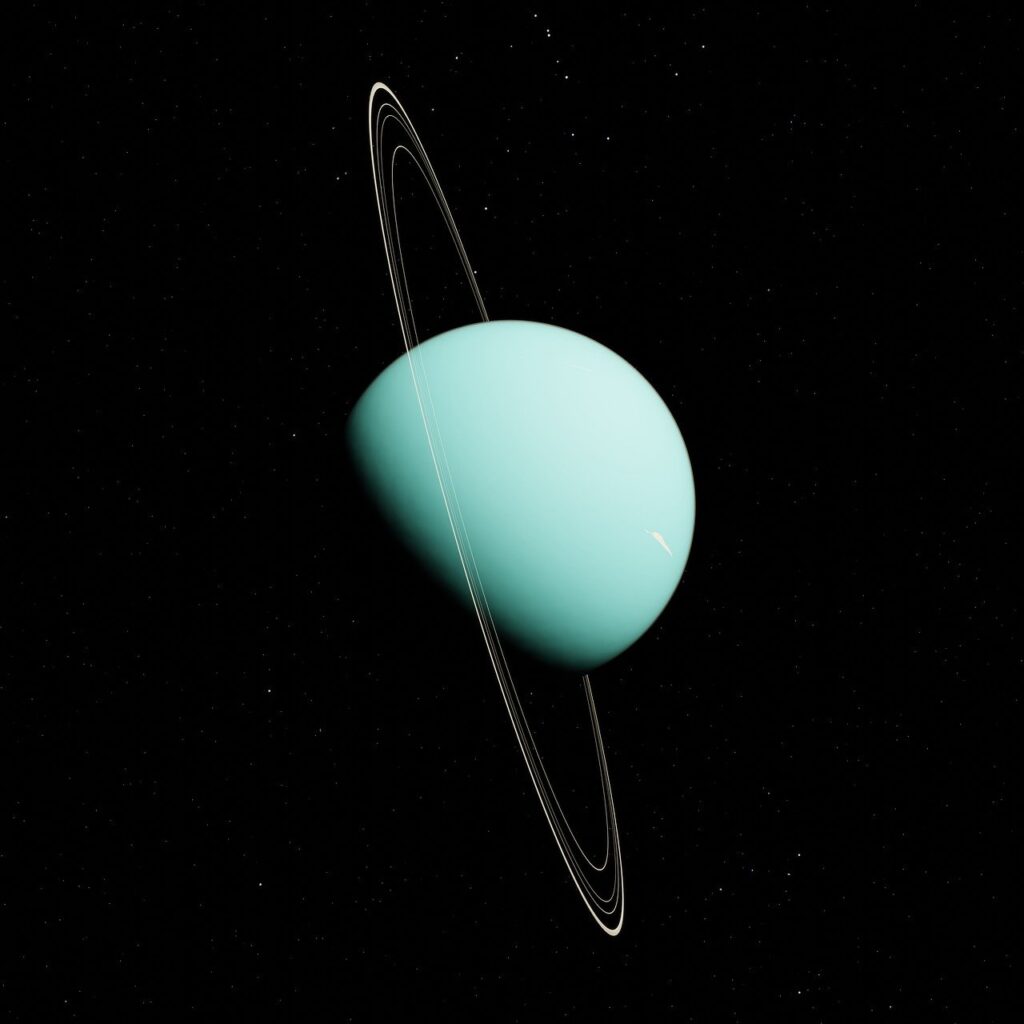
A Celestial Jewel: Uranus’s Enduring Fascination
Uranus, with its captivating atmosphere, enigmatic mysteries, and enduring fascination, stands as a testament to the wonders that lie beyond our terrestrial realm. As we continue to explore the cosmos, this celestial jewel will undoubtedly continue to challenge our understanding, inspire our imaginations, and guide us towards unraveling the secrets that it holds.
You may also like:
Mercury: The Closest Planet to the Sun
Venus: The Earth’s Twin or a Very Different Planet?
Mars: Comprehensive Exploration, unveiling the Mysteries
Jupiter: A Cosmic Giant – Symphony of Storms
Saturn: A Gaseous Giant with Enthralling Rings and Diverse Moons
Useful links:
NASA’s Solar System Exploration: https://science.nasa.gov/solar-system/ provides a comprehensive overview of Uranus, including its physical characteristics, atmosphere, rings, and moons.
European Space Agency’s Uranus page: https://sci.esa.int/web/solar-system/-/35653-uranus features detailed information about Uranus, including its discovery, history of exploration, and current research.
The Planetary Society’s Uranus page: https://www.planetary.org/space-images/uranus offers a variety of resources related to Uranus, including articles, images, and videos.
Universe Today’s Uranus page: https://www.universetoday.com/18855/uranus/ provides a concise overview of Uranus, along with links to more in-depth information.
Sky & Telescope’s Uranus page: https://skyandtelescope.org/ offers a more technical perspective on Uranus, including information about its internal structure and atmosphere.

